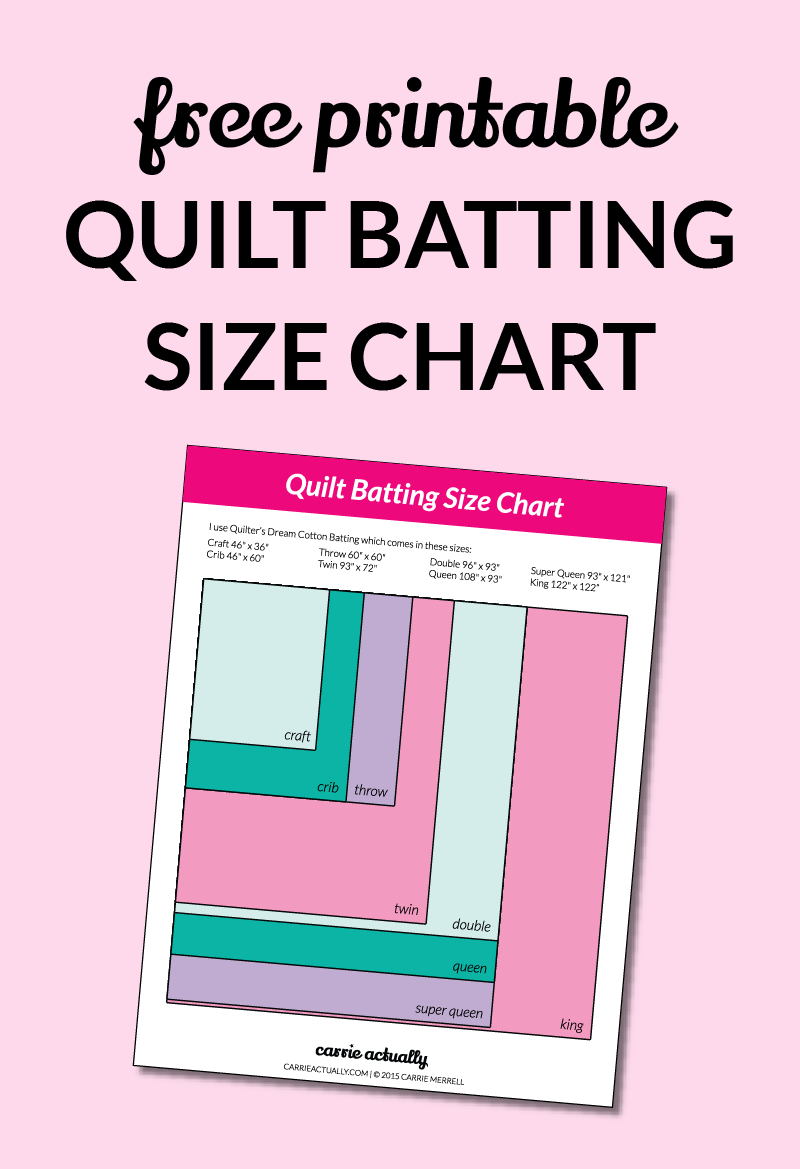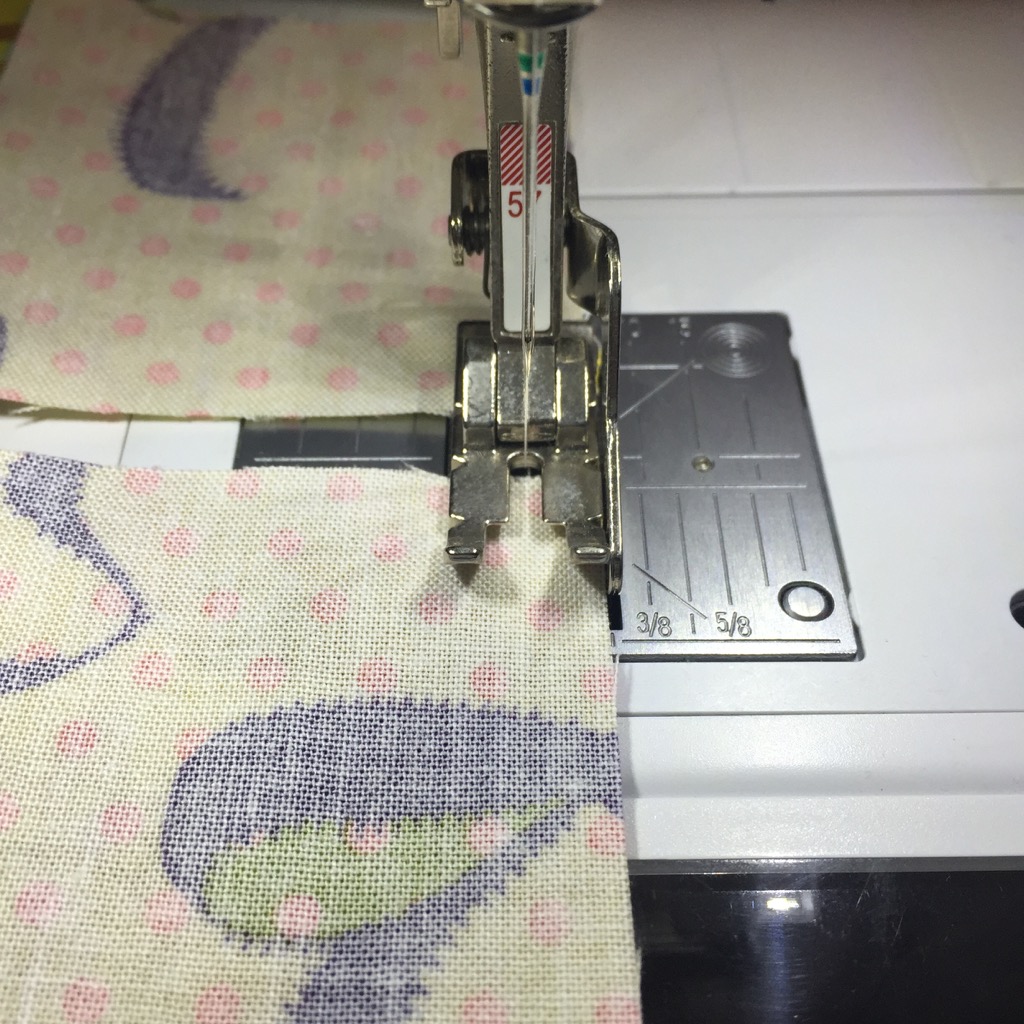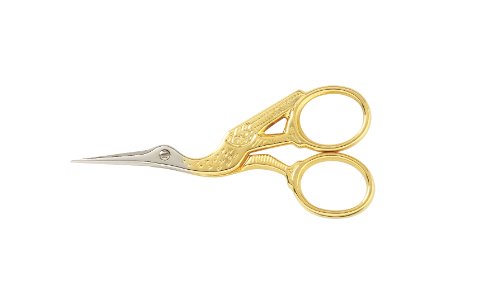My son, Luke, is currently 18 months old. He's running around and grabbing everything. One of the things that has been holding me back from quilting the most since he's been born is the fear that he's going to grab the hot iron.
This simple how to is for you if you want to be able to press open a small seam without getting up from your sewing area and without heat.
Sew your two patches together with a 1/4 inch seam allowance.
No backstitching.
Open your unit and lay it right sides down on a firm surface.
I use my computer desk which has a glass top.
Get YOURSELF A FINGER PRESSER. Run it over the open seam on a firm surface and it presses really crisply.
[affiliate link]
Press your seam open back and forth and get all the way to each end. This will get it really crisp.
Turn it over and admire your work from the right side.
I know a lot of people talk about pressing the seam closed with the heat to set the stitches before pressing the seam open and that's great, I love that idea, but if I'm not going to be able to press at all because I'm worried about having the iron out, I'd rather use this no heat technique.
I also don't think you'll get as crisp of a press if you press to the side instead of open but I prefer pressing open anyway.
ps. If you've got a small child and you're looking to press larger areas and really do need that hot iron, I recommend putting up a baby gate and ironing on the other side.
















